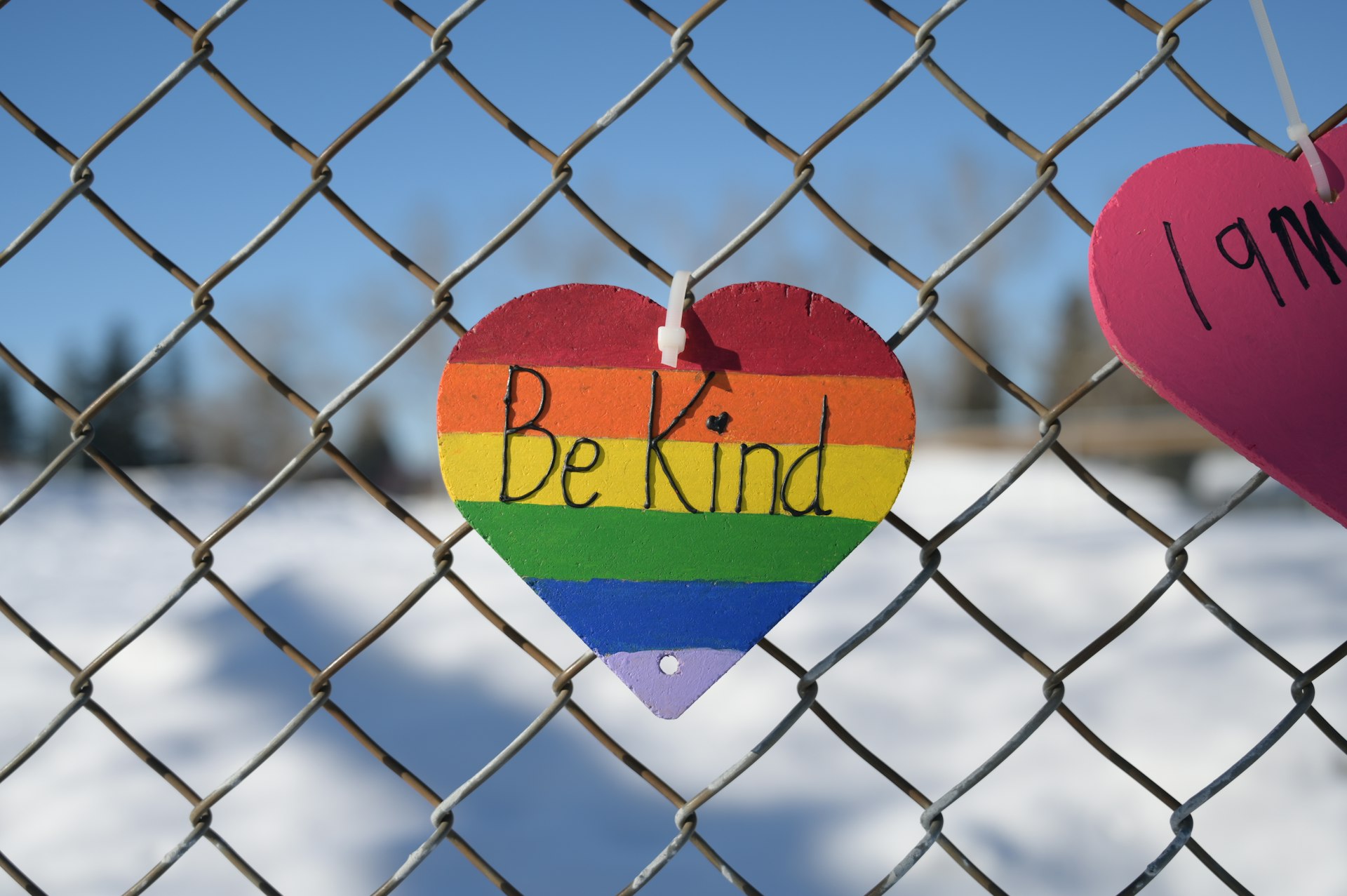Proven Strategies for Raising Kind and Empathetic Children


Photo by Ryunosuke Kikuno on Unsplash
Introduction
Raising children who are kind and empathetic is a goal many parents and educators share. Empathy-the ability to understand and share another person’s feelings-and kindness-the practice of caring for others through words and actions-are both linked to stronger relationships, better emotional health, and greater life satisfaction. With intentional guidance, children can develop these essential qualities early, shaping their character for years to come.
Why Kindness and Empathy Matter
Empathy and kindness are foundational to positive social interactions and emotional well-being. Studies show that children who regularly practice empathy tend to have better relationships and higher self-esteem. These skills also contribute to improved classroom climates and reduced bullying. Experts agree that the earlier children start learning these behaviors, the more naturally they become part of their daily life [1] . By modeling and teaching these values, adults can help children cultivate compassion and resilience.
Modeling Kindness and Empathy: Setting the Example
Children learn best by observing the adults around them. When parents, teachers, and caregivers demonstrate kindness and empathy consistently, children see these behaviors as normal and worthwhile. Adults can model kindness by:
- Speaking gently and respectfully, even in stressful situations
- Offering help to neighbors or community members in need
- Expressing gratitude and forgiveness
- Handling conflicts with patience and understanding
Consistent modeling helps children internalize the message that kindness is a way of life. For example, inviting your child to help prepare a meal for a sick neighbor or discussing how to comfort a friend who is upset creates teachable moments [2] . Over time, these experiences build a strong foundation for empathy.
Practical Activities to Encourage Kindness and Empathy
There are many structured activities that can help children practice and understand kindness:
1. Emotion Charades and Role-Playing
Games like emotion charades allow children to recognize and label feelings in themselves and others. By acting out different emotions and guessing what they are, kids develop emotional awareness and empathy. After each round, discussing what might cause someone to feel that way helps deepen understanding [1] .

Photo by Rajesh Rajput on Unsplash
2. Acts of Kindness Journals
Keeping a kindness or gratitude journal encourages children to notice and record acts of kindness they perform or experience. This reflection reinforces positive behavior and helps children recognize the impact of their actions. Parents can prompt children each day with questions like, “What is one kind thing you did today?” or “How did someone help you this week?” [3]
3. Reading Books About Kindness
Children’s literature is a powerful tool for teaching empathy. Books like
Each Kindness
by Jacqueline Woodson and
The Invisible Boy
by Trudy Ludwig present stories that highlight compassion and understanding. Reading these stories together and discussing the characters’ feelings can lead to meaningful conversations about empathy
[2]
.
4. Encouragement Jars and Note-Writing
Create an encouragement jar where family members place positive notes for each other. Children can also write or draw “just because” cards for friends, teachers, or neighbors. These gestures help kids see the tangible effect their words and actions can have on others [3] .
5. Observing and Discussing Real-Life Situations
Encourage children to observe people’s body language and facial expressions in public places. Discuss what others might be feeling and why. This practice builds awareness of nonverbal cues and nurtures empathy [1] .
Step-by-Step Implementation for Parents and Educators
- Start Early and Be Consistent: Introduce the language of kindness and empathy from a young age. Use daily routines as opportunities to reinforce these values.
- Model Desired Behaviors: Let your child see you treating others with respect, patience, and understanding. Narrate your thought process aloud, such as, “I see that our neighbor is carrying heavy bags. Let’s offer to help.”
- Encourage Reflection: After social interactions or conflicts, ask open-ended questions like, “How do you think your friend felt when that happened?” or “What could you do next time to help someone feel better?”
- Use Literature and Media: Regularly read books or watch shows that emphasize empathy and kindness. Pause to discuss characters’ feelings and motivations [5] .
- Celebrate Kindness: Recognize and praise acts of kindness and empathy, both big and small. This positive reinforcement encourages children to continue these behaviors.
- Practice Through Play: Use games, role-play, and creative activities to teach social skills and conflict resolution [1] .
Challenges and Solutions
Teaching empathy and kindness is not always straightforward. Children may struggle to understand another person’s perspective, especially when emotions are strong. In such cases, patience is crucial. Gently guide children to recognize their own feelings first, then prompt them to consider how others might feel. For instance, if a child snatches a toy, ask, “How did your friend feel? How would you feel if someone did that to you?” This approach helps children develop perspective-taking skills [1] .
Some children may be naturally more reserved or less expressive. For these children, offer multiple ways to show kindness, such as writing, drawing, or helping with chores. Over time, regular encouragement and gentle reminders can help all children make progress.
Alternative Approaches and Additional Resources
In addition to traditional methods, families can explore:
- Volunteering together at community organizations
- Participating in group activities that promote teamwork and cooperation
- Using digital resources and educational programs focused on social-emotional learning
If you’re seeking more structured support, consider contacting your local library or school counselor for recommended books and programs. Many schools now integrate social-emotional learning into curricula, and can provide further guidance on nurturing kindness and empathy at home.
Summary and Key Takeaways
Empathy and kindness are habits that can be nurtured through daily modeling, positive reinforcement, and structured activities. By starting early, providing consistent guidance, and creating opportunities for children to practice these skills, parents and educators can help cultivate a generation of compassionate individuals. If you need more ideas or want to connect with local resources, you can reach out to your child’s school counselor, search for parenting workshops on empathy development, or visit established organizations that focus on children’s social-emotional growth.
References
- [1] Big Life Journal (2024). Key Strategies to Teach Children Empathy.
- [2] Treehouse Schoolhouse (2024). 10 Activities for Teaching Kindness to Children and Kids.
- [3] Child’s Play In Action (2024). Empathy Activities for Kind and Not-Bored Kids.
- [4] Scholastic (2024). 13 Ways to Raise a Caring and Compassionate Child.
- [5] WTHR 13Sunrise (2023). How to Teach Kindness, Empathy to Children [YouTube Video].






